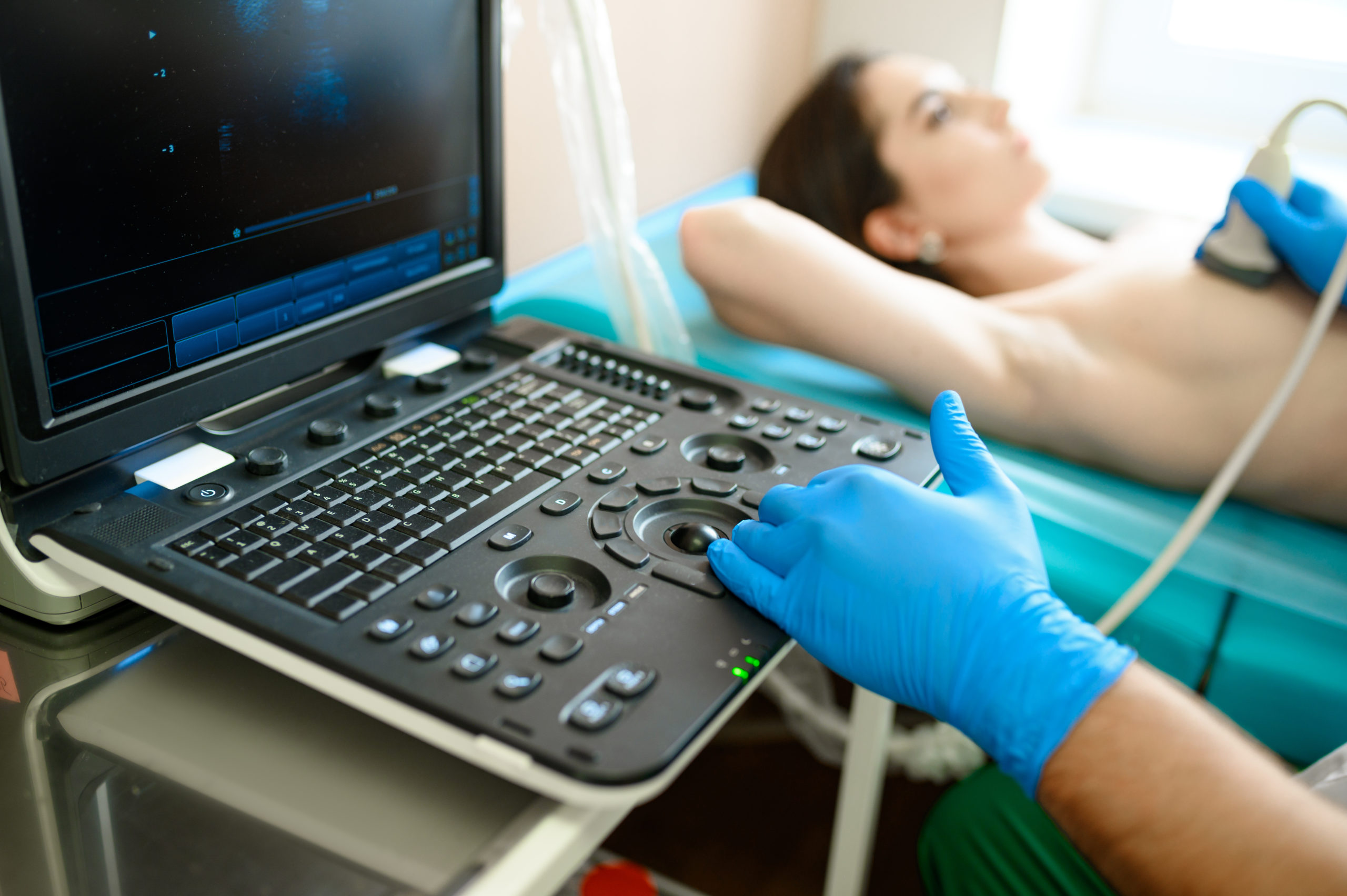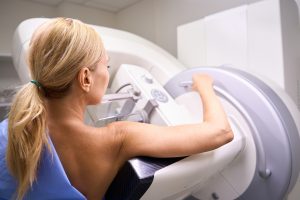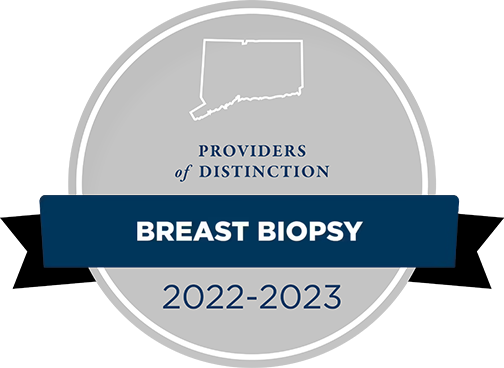Dense Breasts
A patient may be worried the first time a medical professional recommends doing more testing to get a “clearer” look at the breasts. However, dense breasts are common and often require additional imaging to make sure the technologists and physicians get a clear view into the intricate components of the breast.
Fibrous Connective Tissue
It may help to understand that dense breast tissue is a term that refers to fibrous connective tissue and glandular tissue. Glandular tissue is composed of lobules and ducts, both of which play an important role in breastfeeding. The lobules produce the milk and the ducts are long tubes that then carry the milk to the nipple. Fatty tissue fills in the remainder of the breast, and together with fibrous tissue provides the structure or actual shape of the breast.
Additional Screening Options
The reality is that having dense breasts simply means the patient’s breasts have a larger amount of fibrous or glandular tissue than fatty tissue. It is common for patients to have dense breasts, but it does make it harder for the breasts to be properly evaluated with mammography alone. This is why additional screening options need to be considered. Mammograms can detect breast cancer, but breast imaging radiologists often recommend additional technologies for dense breasts such as breast ultrasounds, MRI and digital breast tomosynthesis in addition to a regular mammogram.
Higher Risk
While people with dense breasts have a higher risk of breast cancer than those without dense breasts, today’s imaging technology provides detailed studies that allow for accurate evaluation, early detection of abnormalities and reduced risk.
Best Imaging For You
Talk to a physician to discuss what the best imaging is for your dense breast tissue. If further support is necessary Connecticut Breast Imaging is pleased to offer you Tomosynthesis (often referred to as 3D Mammography), Breast Ultrasound and unparalleled diagnostic imaging while focusing on each patient’s individual needs.













